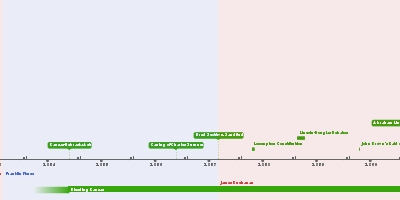Upper South Secession (apr 17, 1861 – jun 8, 1861)
Description:
Following the Attack on Fort Sumter, the secession of four more states (VA, AR, NC, and TN) would occur, however for different reasons compared to the Lower South secession. The Northern South had initially hesitated leaving the Union, as they were more connected to the North, both economically and geographically, and were less inclined towards slavery compared to the Deep South. However, Abraham Lincoln’s call for 75,000 volunteers to put the rebellion to an end had tipped the Upper South to secede, as they didn’t want to take part in fighting Southern states. Although the Upper South Secession only included 4 states, it was still crucial for the fight for slavery, as it added millions more people, soldiers, and resources to the Confederacy, as well as giving Richmond, VA, which would serve as the capital of the Confederacy, as well as Robert E. Lee, a crucial general in the Civil War. The Upper South Secession significantly contributed towards the Civil War because as mentioned previously, it provided a significant increase in overall resources for the Confederacy, and finalized the borders that would take place during the war.Added to timeline:
Date:
apr 17, 1861
jun 8, 1861
~ 1 months and 22 days
